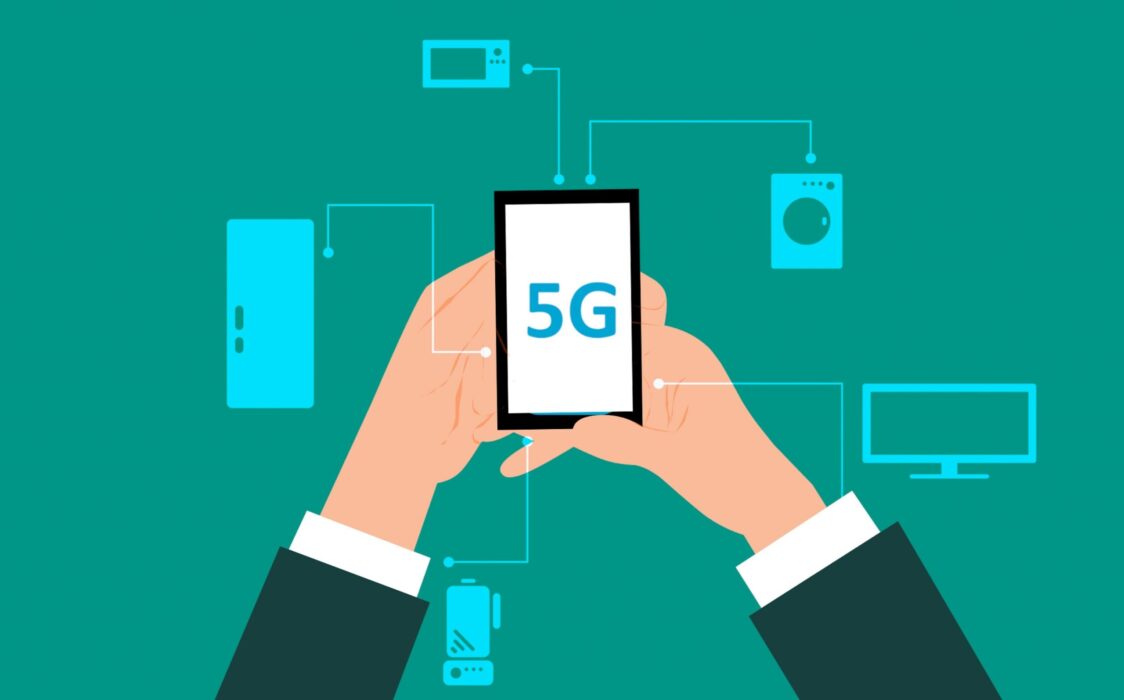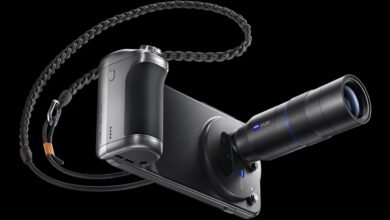
The world is currently shutting down in a bid to limit interaction and hinder the spread of the new coronavirus. All over, people are being advised to stay and work from home. With more people staying at home, policymakers in Europe, and America, have raised concerns that internet service providers may not be able to handle the spike in internet use.
Recently, streaming services like Netflix and YouTube said they would reduce streaming quality to reduce bandwidth use so as not to strain ISPs.
In the US, there’s been talk on 5G adoption being fast-forwarded in the coming months. Many people in the tech space believe that a faster rollout of the network could help lift possible strains on service providers, and could also be useful for, among other things, healthcare.
China, who are currently world leaders in 5G technology, have recently announced they are ramping up their 5G network construction. The Ministry of Industry and Information Technology (MIIT) said they had instructed telecommunication firms to expedite equipment procurement, survey design and engineering construction in order to help mitigate the impact of the epidemic. The country has relied on 5G to help fight coronavirus through use of robots and telemedicine.
At the peak of the outbreak in China, telecommunications operators in the country collaborated with Huawei to rapidly set up a specific 5G network dedicated to COVID-19 treatment hospitals.
Early this month, the country saw a robot staffed hospital opened in Wuhan. The Smart Field facility, as it is called, is powered by 5G and is a trial aimed at helping relieve hospital staff, and also reduce chances of them being infected.
All medical services in the facility were carried out by robots and other IoT devices. Patients entering were screened by connected 5G thermometers to alert staff for anyone feverish. Patients wore smart bracelets and rings that synced with CloudMinds’ AI platform so their vital signs, including temperature, heart rate and blood oxygen levels, could be monitored. Doctors and nurses also wore the devices to catch any early signs of infection – CNBC.
A newly released Deloitte report suggests that 5G can enhance the effectiveness of pandemic prevention and treatment, and drive the digital transformation of healthcare systems in response to major public emergencies, such as the current pandemic of COVID-19. The white paper titled, “Combating COVID-19 with 5G: Opportunities to improve public health systems,” was produced in collaboration with Huawei.
The white paper analyses examples of COVID-19 control and treatment measures in China and identified challenges that face epidemic management in terms of monitoring, quarantine and treatment.
Amongst its findings, the whitepaper notes that the effectiveness of communication and data exchange has been essential in screening for infected individuals and controlling the outbreak. This has been done through thermal imaging, continuous remote monitoring, and diagnoses during patient transfer.
The research also highlighted the need to build and upgrade public health emergency response mechanisms, through which governments are able to make right decisions promptly and allocate resources more effectively.
In this regard, 5G – the whitepaper notes – can also promote collaboration by enabling connectivity, maintaining effective communication among hospitals, and enabling medical data and reference sharing between hospitals and scientific research institutions, especially “in the rapid increases in data volume and mounting demand for remote and HD-video based treatment” scenario.
In addition, the report indicates that the success of 5G applications in the public health domain could also inspire new business models in other sectors. It finds as a result of 5G features such as high-speed connection, high reliability and low latency, the healthcare system has benefited from improved response times, patient monitoring, data collection and analytics, remote collaboration and resource allocation. It also sets an example for digitalised, data-driven and Cloud-based innovative major public emergency response platforms.
Kenya has recently announced the launch of a telemedicine centre, a first of its kind in Africa, at the Kenyatta National Hospital to aid with the detection of coronavirus. The facility built in cooperation with the Chinese government will enable major operations to be done in Kenya by local doctors in cooperation with their counterparts from other parts of the world. The hospital chair said it will be easy for them to share experiences with Wuhan, Beijing, France, and Egypt among others.







